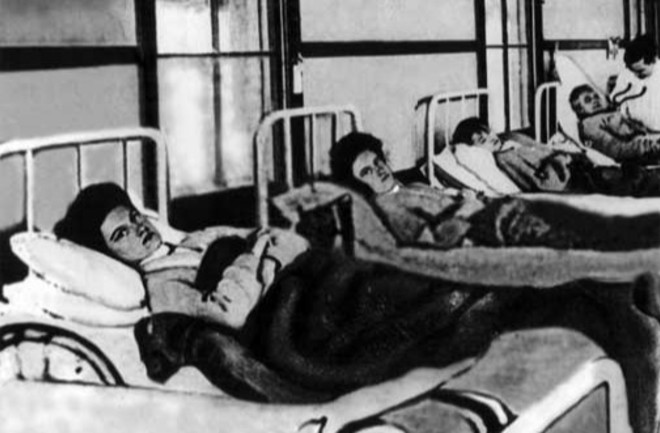Even though the press coined the nickname “Typhoid Mary” over a century ago, the sad story of Mary Mallon has become acutely relevant again over the past few months. As an asymptomatic typhoid carrier, Mallon became infamous for infecting at least 51 people — though some estimates put the tally at more than 122 — while working as a cook. In 2020, the coronavirus pandemic has led the world to examine how this kind of carrier affects infection rates.
Typhoid Mary Was a Real, Asymptomatic Carrier Who Caused Multiple Outbreaks
In the early 1900s, Mary Mallon worked as a cook — and spread typhoid fever to the families she worked for.
By Bessie Yuill
Jul 2, 2020 9:08 PM

“Typhoid” Mary Mallon in a hospital bed. (Credit: Wikimedia Commons)
Newsletter
Sign up for our email newsletter for the latest science news
0 free articles left
Want More? Get unlimited access for as low as $1.99/month
Stay Curious
Sign up for our weekly newsletter and unlock one more article for free.
View our Privacy Policy
Want more?
Keep reading for as low as $1.99!
Already a subscriber?
Find my Subscription
More From Discover
Stay Curious
Subscribe
To The Magazine
Save up to 40% off the cover price when you subscribe to Discover magazine.
Copyright © 2025 LabX Media Group
